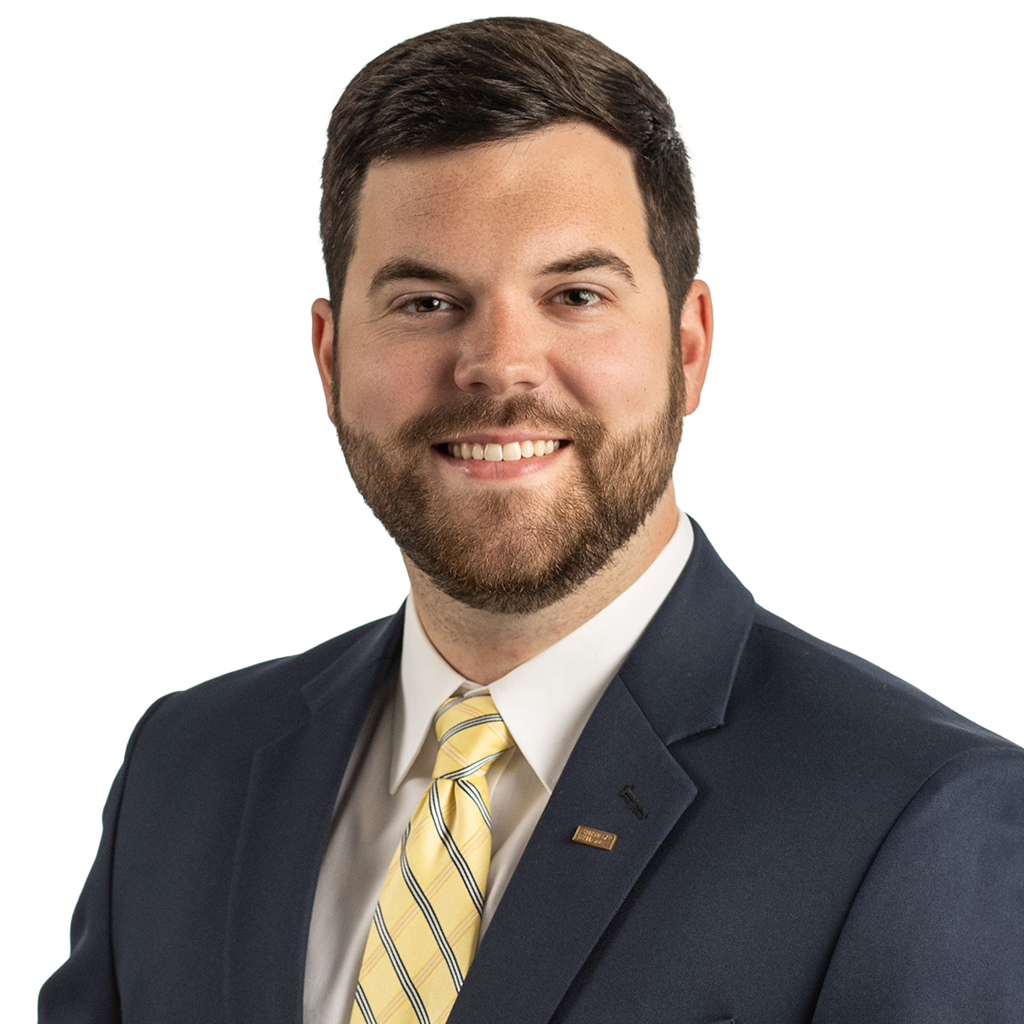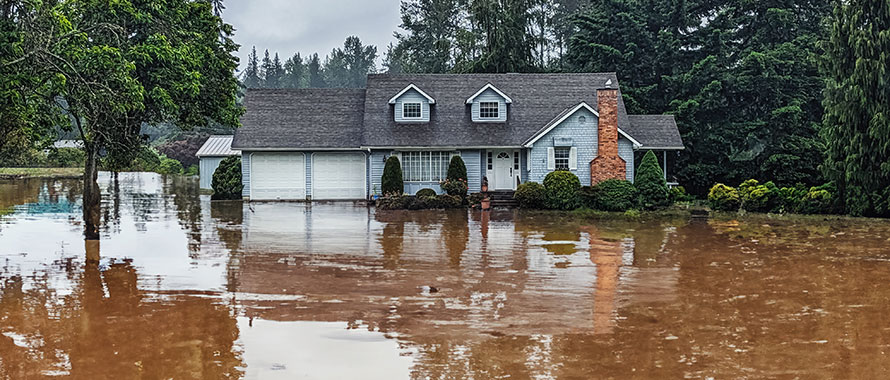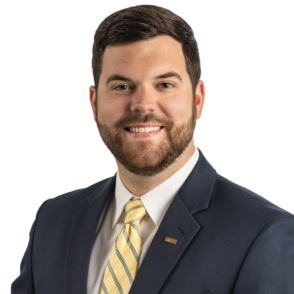The marketplace for private Flood Insurance has continued to grow in the months since a new flood-risk rating system went into effect for National Flood Insurance Program (NFIP) policies. A recent report from AM Best shows that 11 new private Flood Insurance carriers entered the market between 2021 and 2022, and a total of 151 new providers have started offering it since 2016, Insurance Journal’s MyNewMarkets reported on Oct. 16.
Featured Solutions
“A lot of individuals who would normally go to the NFIP are now seeing those rate increases,” Ritchie said, “so they are starting to look elsewhere to see if they can get something more competitive.”
Tropical Storm Hilary in California over the summer and other severe weather events could put the private market to the test, the MyNewMarkets report noted. According to Brad Turner, Associate Vice President, National Product Manager, Flood, Burns & Wilcox, Morehead City, North Carolina, not all new private Flood Insurance providers have found success.
“We have seen many try to come in and do some creative things from a technology point of view. Some of those have come and gone rather quickly,” Turner explained. “While some have established profitable portfolios of business, we have seen others that have had to pull back altogether for flood coverage because of their loss experience.”
‘More mobility’ in market than ever before
According to FEMA, its new pricing system utilizes more flood risk variables, such as flood frequency, different types of flooding, and distance to a water source, and it factors in a building’s replacement cost value. Officials in 10 states have challenged the federal government in court over the changes, with some claiming that the premium increases could lead to residents dropping their insurance, abandoning their mortgages or leaving the state altogether, the Associated Press reported in September.
By August of last year, hundreds of thousands of homeowners had reportedly dropped NFIP policies, an E&E News analysis found, according to The Hill.

We are two years into the NFIP Risk Rating 2.0, at this point, and we are seeing more mobility and pursuit of coverage in the private market than we ever have.
“We are two years into the NFIP Risk Rating 2.0, at this point, and we are seeing more mobility and pursuit of coverage in the private market than we ever have,” Turner said, adding that the competition is a good thing for property owners.
Under NFIP policies, coverage is limited to $250,000 for a building and $100,000 for its contents. With private Flood Insurance, higher limits are available and coverage can be more expansive, including benefits such as loss of use, coverage for personal property in a basement, detached structures, landscaping, and more. “A lot of individuals are looking at coverage right now — it is not just the price point.” Ritchie said. “They are looking at what value they can get.”
The ability to purchase higher limits is important for owners of higher-value homes, he said. “If they have a tremendous loss, they are going to be not covered,” Ritchie said. “Filling the gap for them is really important.”
Many remain uninsured as flood risk rises
Changes in the Flood Insurance market are happening at the same time as flood risks increase for homeowners due to climate change. One report found that half of U.S. residents live in a county where a 1-in-100-year flood is now twice as likely as before, occurring every 50 years instead of 100, CNN reported in June. Climate change is driving bigger hurricane-related floods and an increase in inland flooding, NPR noted in separate reports last year.
“Climate change is a real thing. The data proves that, however you want to label it,” Turner said. “Flood exposure is going to increase in the U.S. as we move forward in time.”

There are billions and billions of dollars in property that is uninsured in the U.S. for the peril of flood. … I think it is a tremendous opportunity for private Flood Insurance to step in and fill that need.
However, a massive gap exists between the number of properties at risk for flood and the number that are insured for it; according to an October 2022 PBS report, only around 4% of U.S. homeowners have Flood Insurance. Many individuals do not realize that flood is not a covered peril on their Homeowners Insurance; in one Forbes Advisor survey, 36% of respondents thought it was covered, the publication reported in August. Others only purchase Flood Insurance when it is required by their mortgage lender.
“In general, the pursuit of Flood Insurance is extremely low,” Turner said, noting that the interest in coverage is increasing over time, as more people experience the devastating effects. “One of the most striking things to me is not tropical frequency or the increasing strength of storms but rather the unprecedented rainfall amounts, combined with the increased density of property in communities.”
Recent “extreme rainfall” events in New York and Vermont are prime examples. “The water has nowhere to drain; it has to flow through the systems we have created, and a lot of times those systems are not adequate,” he said. “Those are big losses that happen all the time. Without Flood Insurance, that is a difficult thing to overcome to get you back to where you started.”
A significant portion of flood losses occur in areas where homeowners would not be required by a lender to purchase Flood Insurance, leaving many individuals at high risk. “So many losses are happening in these presumed low-risk areas. A majority of those are going to be uninsured,” Turner said. “Despite being one of the more frequent zones for flooding, non-mandatory purchase areas are the one that is most frequently uninsured.”

The reality is that ‘not affordable’ means you are probably going to have a flood loss. Most individuals are just not ready for that type of loss.
According to Ritchie, severe flood events in the news may help individuals better grasp their risk. “There are billions and billions of dollars in property that is uninsured in the U.S. for the peril of flood,” he said. “If they were thinking they did not need it before, they are now seeing it in places that historically have not had flood events. I think it is a tremendous opportunity for private Flood Insurance to step in and fill that need.”
While receiving a quote for Flood Insurance could previously take weeks or months, it can now be done “in the matter of a day” alongside a Homeowners Insurance quote, Turner said. “Maybe it will not be affordable, but knowing it is not affordable should be something individuals are evaluating when going to purchase a property,” he said. “The reality is that ‘not affordable’ means you are probably going to have a flood loss. Most individuals are just not ready for that type of loss.”
How homeowners can evaluate their options
Today’s growing private Flood Insurance market has given property owners more options, but they should proceed with caution when selecting a carrier and policy, Turner and Ritchie agreed. “Do your research,” Turner advised. “Annual premiums are an important factor for most consumers. However, when you take price out, what is the value the carrier brings to you? What are their service standards? How long have they been in flood, and what is their financial standing? Financial standing is vitally important — are they going to go insolvent if they have a major flood event hit their book of business and are they able to adequately service the claims in a timely fashion?”
Many insurance carriers have “popped out of the woodwork in the past two or three years,” Ritchie said, so consumers will want to investigate the companies they are considering. “You need to look at a company historically and see how financially stable they have been,” he said. “You need to find somebody you trust that can help you navigate through — a broker you feel comfortable with to know the marketplace.”
Stability is particularly important for homeowners leaving their NFIP policies for a private Flood Insurance policy, as returning to the FEMA program would mean resetting their premiums under Risk Rating 2.0 without any cap on a price increase. “They want to ensure whatever carrier they are moving to does not have volatility,” Turner said. “Is it going to sustain for the next term and subsequent terms?”

[Flood risk] is something to be vigilant about. Do not stand by and hope you are not going to be affected.
Assessing their risks is the first step for homeowners, Turner said. “From a consumer standpoint, it is wise to take a hard look at the property you own and evaluate it based on the risk in itself,” he said. “That is a hard thing for a lot of individuals to swallow, or to even know how to approach, but there are a lot of tools out there to review flood risk at a base level and then insurance professionals who can build upon those tools.”
Looking into the “precise details of coverages and forms” is essential, Ritchie added.
“[Flood risk] is something to be vigilant about. Do not stand by and hope you are not going to be affected,” Ritchie said. “You need to look at the value of your home and what can help make you whole again if you do have a flood event.”







